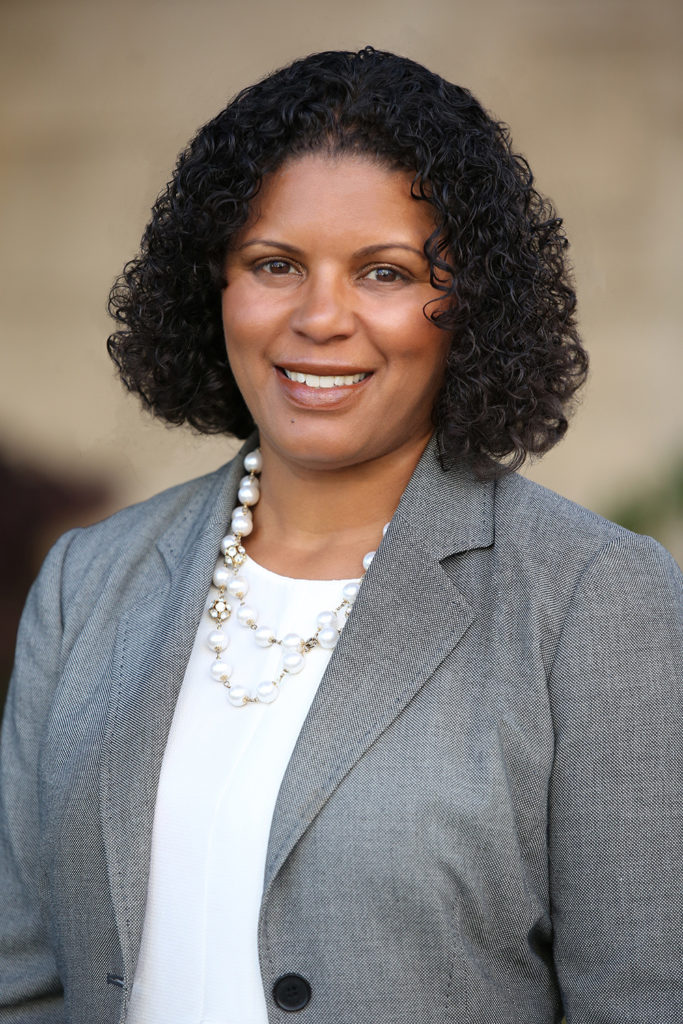

For all the change intrinsic in working in a nursing home, ranging from shifts in regulatory guidance to watching employees shuffle in and out the door, most skilled nursing providers have shrugged when it comes to the concept of Medicaid innovation.
It’s not that the industry isn’t interested in Medicaid — it remains the largest payor to nursing homes, by far — but most professionals don’t tend to believe they have much impact on the program, either at the state or federal level. Even with the CMS Center for Medicare and Medicaid Innovation inception, the division’s focus has been firmly on accountable care organizations and payment-based initiatives, not necessarily technology on the front lines.

That’s part of the reason I think true game-changing ideas will come from the private sector. It’s why I’m interested in how a new group, HealthTech 4 Medicaid, wants to involve the public, industry and entrepreneurs to tackle the challenge of innovation and Medicaid.
“Nursing home providers serve a huge population of dual eligibles, and innovation in Medicaid is really important for that population,” Executive Director Adimika Arthur told me Wednesday. Technology isn’t only about better data and reimbursement, but how better technology and innovation helps manages the diseases and ailments that are a part of long-term nursing care, she says.
HT4M will host the “Future of Medicaid” forum alongside the J.P. Morgan Healthcare Investment Conference next week. The genesis of the forum stemmed from a panel last year at JP Morgan’s 2018 conference, where former Centers for Medicare & Medicaid Services Administrator Andy Slavitt swung by to light a match. Arthur said it was a moment where people looked around and said, “Why aren’t we doing something more about making sure there’s a pathway for entrepreneurs in the Medicaid space?”
“Ten months later it came to be,” she said. (Slavitt, meanwhile, went on to form Town Hall Ventures, which closed a round of $115 million in financing last fall.) HT4M officially launched in November at its Innovators’ Breakfast in Washington, D.C.
A few things, to me, make HT4M stand out. One is that it’s free and open to the public. Two, it’s in San Francisco, representing what may be a new interest from venture capitalists in our space. HT4M was founded by a group of more than 40 healthtech CEOs representing more than a billion dollars in venture capital backing, the group notes.
“We hope to get a large variety of people to attend, and it’s part of the reason our forum engine is open to the public,” Arthur said. The group’s membership base is entrepreneurs, with 44 companies now involved. It will be opening up membership and different categories in February.
“We’re also interested in making sure payors and providers are welcome at the table,” she said.
It’s always worthwhile to look at new thought leaders and groups with caution, given how often skilled nursing feels like an afterthought. But Arthur, it should be noted, brings live experience to her role. She’s spent her career immersed in Medicaid, most recently as the director of clinical operations at Sutter Health. She’s worked at public hospitals, and says she’s familiar with the struggle of how Medicaid beneficiaries are seen as less desirable.
After all, when they have the option, skilled nursing executives have added rehab units or looked for strategies to diversify their case mix. Most states’ reimbursement for Medicaid patients pales in comparison to the costs, meaning that in several states — most recently and notably Maine — have seen a rash of nursing home closures.
But Arthur insists that the “Medicaid ecosystem has potential for business development.”
“It’s a fallacy to think there is not a business to be made,” she reminds. “It’s the largest federal program in the country. What we’d like to see is more partnership and collaboration along the way so the money isn’t going to the same vendors over and over again. We want to see the quality of life and duration of life increase so that the population is better cared for.”
She also notes that technology has a direct impact on staff, as long-term care struggles to retain talent.
“If you have staff that has technology that can work with your patients, they are more likely to stay,” Arthur says. “Ultimately, there is a cost savings that trickles down.”
Follow Senior Editor Elizabeth Newman @TigerELN.




